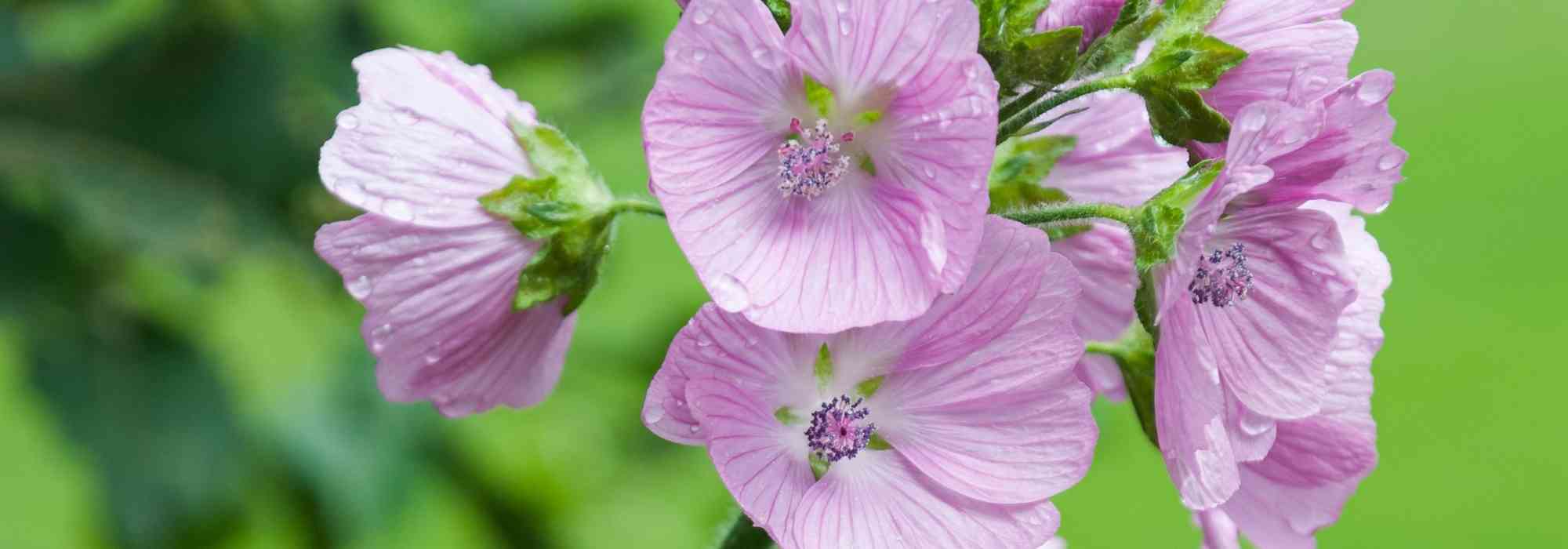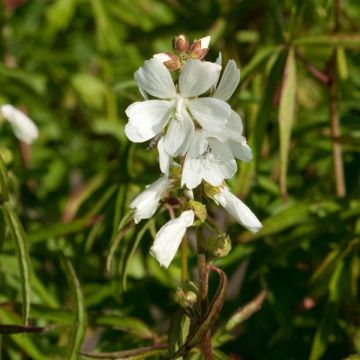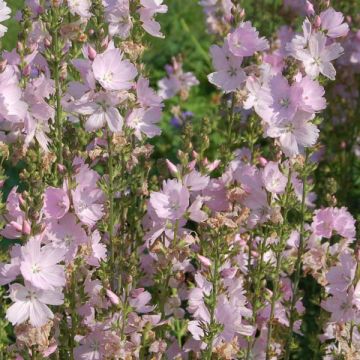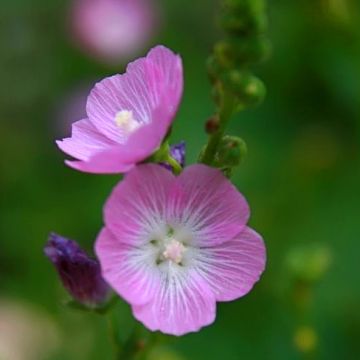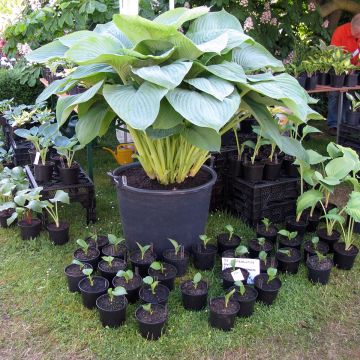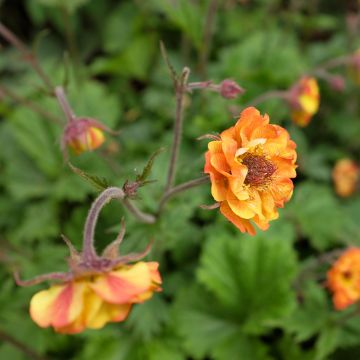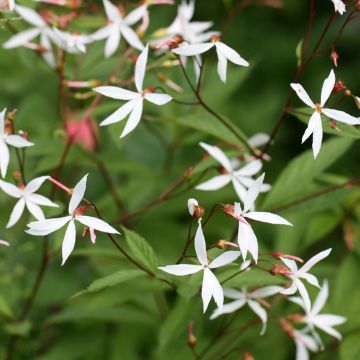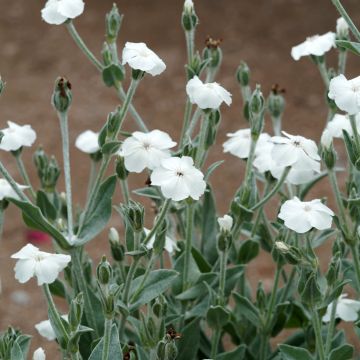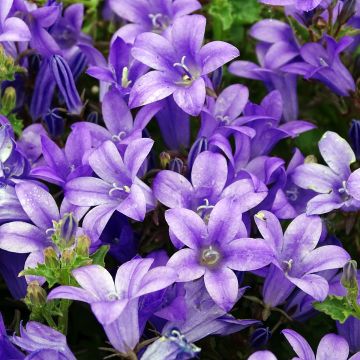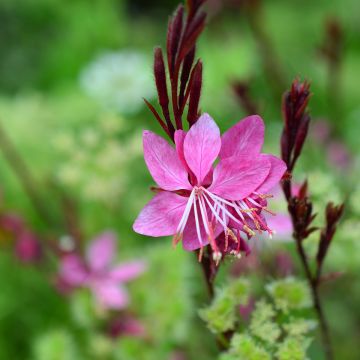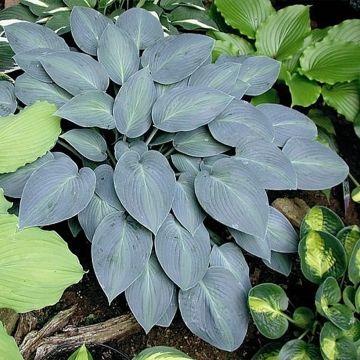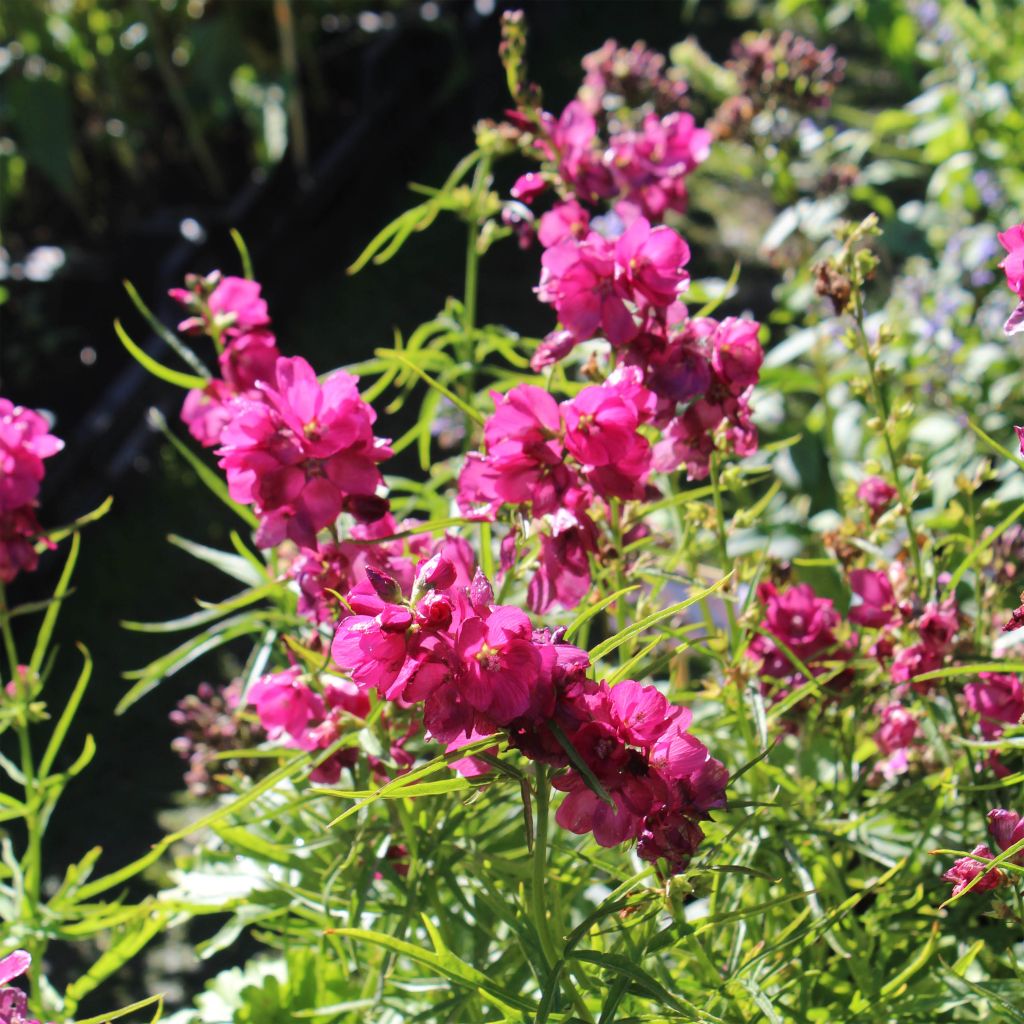

Sidalcea oregana Brilliant
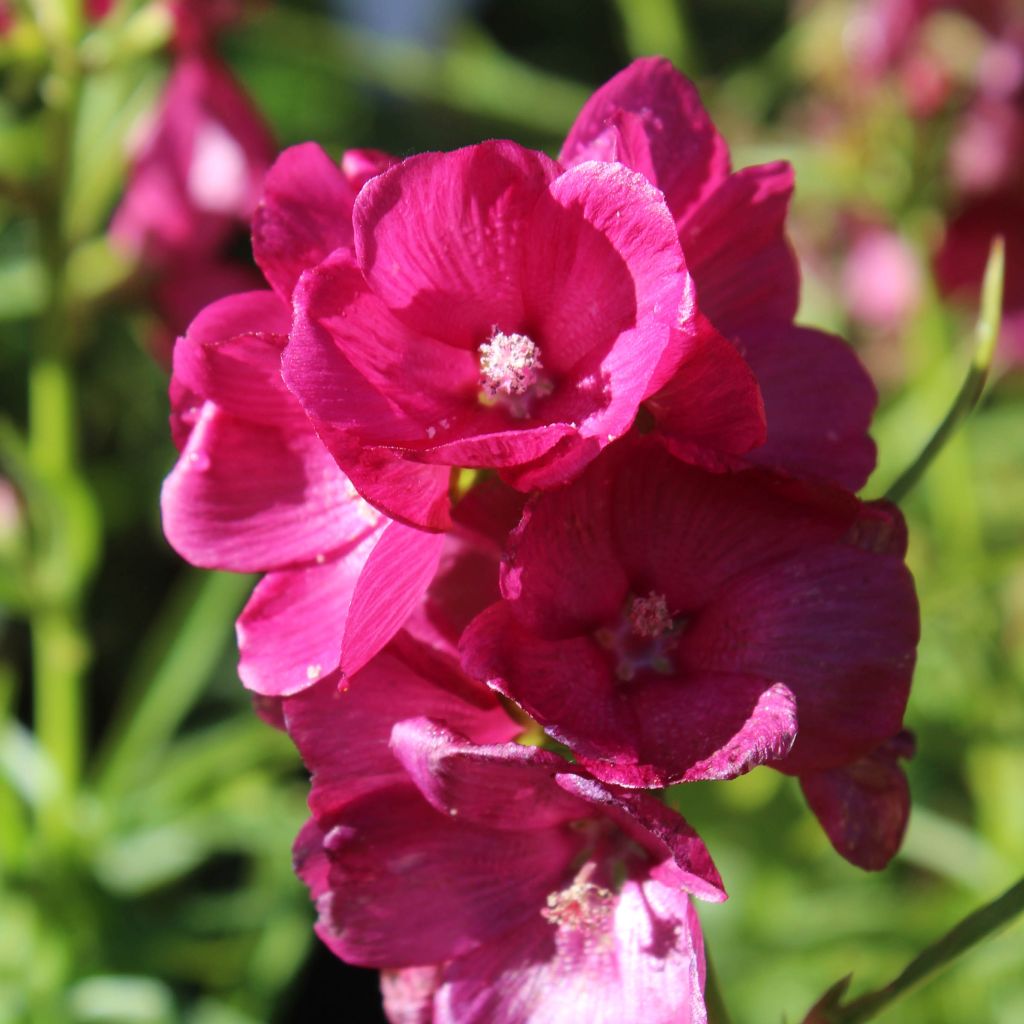

Sidalcea oregana Brilliant
Sidalcea oregana Brilliant
Sidalcea oregana Brilliant
Oregon Checkerbloom, Oregon Checker-Mallow
Beautiful young plant that I can't wait to see flower.
Yvette, 26/05/2021
Special offer!
Receive a €20 voucher for any order over €90 (excluding delivery costs, credit notes, and plastic-free options)!
1- Add your favorite plants to your cart.
2- Once you have reached €90, confirm your order (you can even choose the delivery date!).
3- As soon as your order is shipped, you will receive an email containing your voucher code, valid for 3 months (90 days).
Your voucher is unique and can only be used once, for any order with a minimum value of €20, excluding delivery costs.
Can be combined with other current offers, non-divisible and non-refundable.
Home or relay delivery (depending on size and destination)
Schedule delivery date,
and select date in basket
This plant carries a 12 months recovery warranty
More information
We guarantee the quality of our plants for a full growing cycle, and will replace at our expense any plant that fails to recover under normal climatic and planting conditions.

Would this plant suit my garden?
Set up your Plantfit profile →
Description
Sidalcea oregana 'Brilliant' is a perennial plant related to hollyhocks which is rarely found in our gardens. It is time to discover this lovely mixed-border plant that also resembles hollyhocks but is smaller and prefers moist soils. It has many small silky-looking, open-cup, bright carmine pink flowers along thin but sturdy stems in summer. These floral spikes dominate a clump of velvety and shiny green basal leaves. Like Delphiniums and tall Phlox, this meadow plant prefers consistently moist but well-drained soils and a sunny exposure.
Sidalcea oregana Brilliant belongs to the Malvaceae family like mallow and marshmallow. It comes from a botanical species named Sidalcea oregana, native to the western part of North America, from Utah to California and British Columbia. Its natural habitat consists of wet environments like marshes and meadows.
The 'Brilliant' variety is a particularly colourful selection. It is a herbaceous perennial plant with a woody taproot, growing in an upright clump that reaches 60 to 70 cm (24 to 28in) high and 35 cm (14in) wide. It blooms in July-August, with hairy, slender but sturdy and unbranched spikes, carrying numerous small flowers that are 4 cm (2in) wide and have 5 fringed petals, which look and feel like satin. The red buds open into flowers which are very vibrant red-pink, or carmine pink veined with red, around a lighter throat with a cluster of white stamens. The basal foliage is composed of round, toothed, and slightly dissected, beautiful shiny dark green leaves.
Place this beautiful cousin of mallows in the middle of flower beds, in a country garden or an English-style garden, with Japanese anemones, paniculate Phlox, annual poppies, and perennial Delphiniums to create an elegant scene. It also thrives in a moist rockery, with columbines and lady's mantles; you can create adorable bouquets with its cut flowers and it also grows well in pots.
Sidalcea oregana Brilliant in pictures
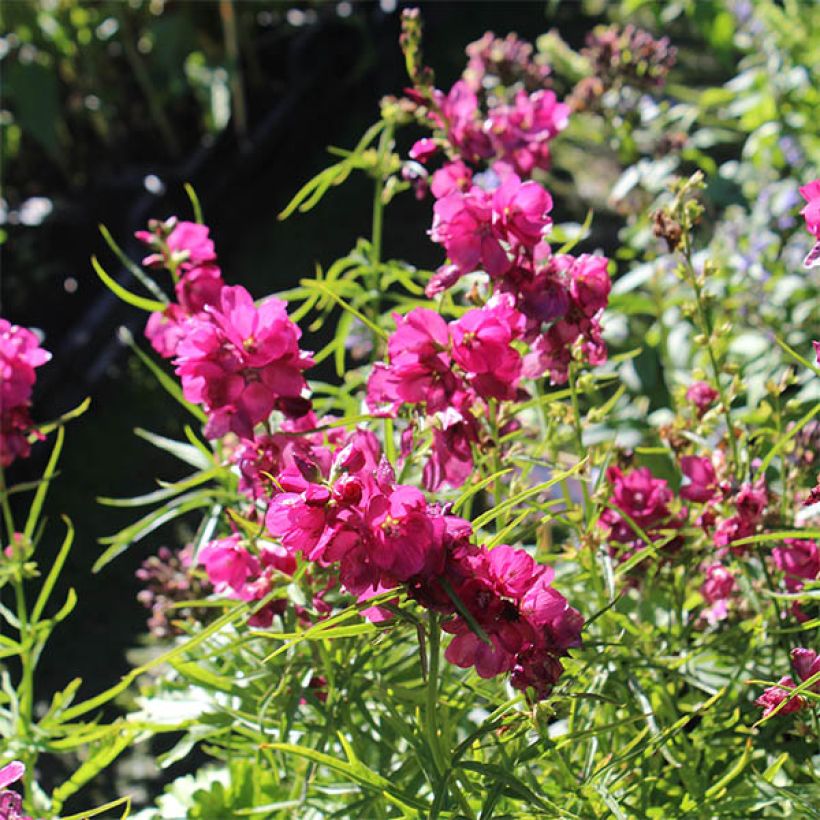

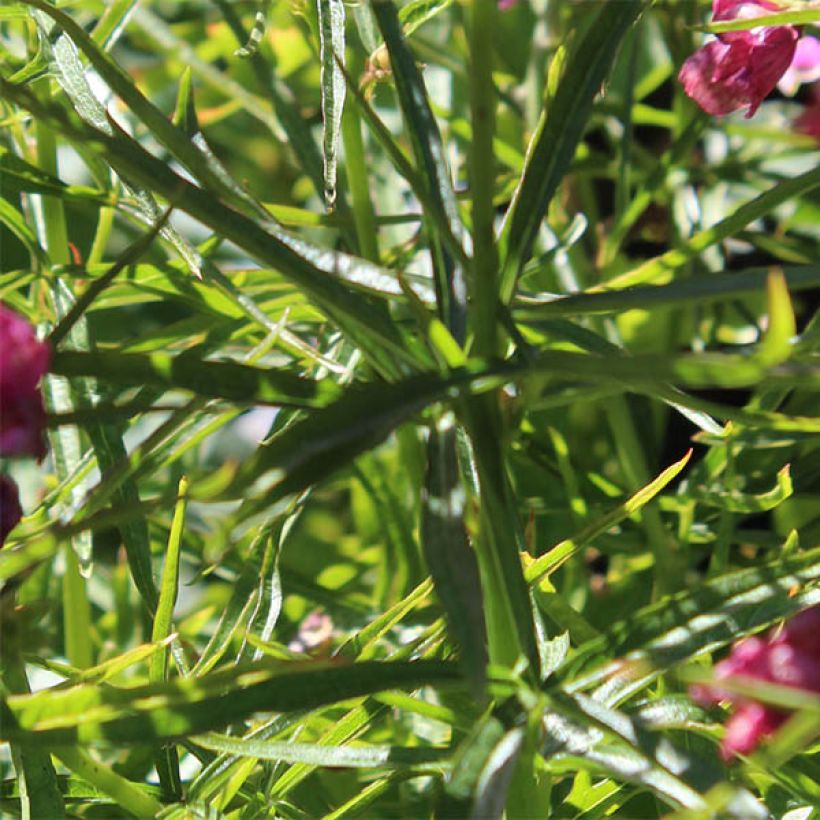

Flowering
Foliage
Plant habit
Botanical data
Sidalcea
oregana
Brilliant
Malvaceae
Oregon Checkerbloom, Oregon Checker-Mallow
Cultivar or hybrid
Other Sidalcea - Checker Bloom
View all →Planting and care
Sidalcea oregana Brilliant likes the sun but not overly hot or dry situations. It prefers good garden soil, loamy or sandy, moist and without limestone, neutral to acidic. This perennial dislikes drought and waterlogged soil; protect it with a good mulch of dry ferns or straw during snowless freezing periods. It is easy to grow in a cool, oceanic climate, where winters are not too harsh and summers are cool. Cut back the stems once flowering is finished to prevent seed formation and promote new flowers.
Planting period
Intended location
Care
Planting & care advice
-
, onOrder confirmed
Reply from on Promesse de fleurs
Similar products
Haven't found what you were looking for?
Hardiness is the lowest winter temperature a plant can endure without suffering serious damage or even dying. However, hardiness is affected by location (a sheltered area, such as a patio), protection (winter cover) and soil type (hardiness is improved by well-drained soil).

Photo Sharing Terms & Conditions
In order to encourage gardeners to interact and share their experiences, Promesse de fleurs offers various media enabling content to be uploaded onto its Site - in particular via the ‘Photo sharing’ module.
The User agrees to refrain from:
- Posting any content that is illegal, prejudicial, insulting, racist, inciteful to hatred, revisionist, contrary to public decency, that infringes on privacy or on the privacy rights of third parties, in particular the publicity rights of persons and goods, intellectual property rights, or the right to privacy.
- Submitting content on behalf of a third party;
- Impersonate the identity of a third party and/or publish any personal information about a third party;
In general, the User undertakes to refrain from any unethical behaviour.
All Content (in particular text, comments, files, images, photos, videos, creative works, etc.), which may be subject to property or intellectual property rights, image or other private rights, shall remain the property of the User, subject to the limited rights granted by the terms of the licence granted by Promesse de fleurs as stated below. Users are at liberty to publish or not to publish such Content on the Site, notably via the ‘Photo Sharing’ facility, and accept that this Content shall be made public and freely accessible, notably on the Internet.
Users further acknowledge, undertake to have ,and guarantee that they hold all necessary rights and permissions to publish such material on the Site, in particular with regard to the legislation in force pertaining to any privacy, property, intellectual property, image, or contractual rights, or rights of any other nature. By publishing such Content on the Site, Users acknowledge accepting full liability as publishers of the Content within the meaning of the law, and grant Promesse de fleurs, free of charge, an inclusive, worldwide licence for the said Content for the entire duration of its publication, including all reproduction, representation, up/downloading, displaying, performing, transmission, and storage rights.
Users also grant permission for their name to be linked to the Content and accept that this link may not always be made available.
By engaging in posting material, Users consent to their Content becoming automatically accessible on the Internet, in particular on other sites and/or blogs and/or web pages of the Promesse de fleurs site, including in particular social pages and the Promesse de fleurs catalogue.
Users may secure the removal of entrusted content free of charge by issuing a simple request via our contact form.
The flowering period indicated on our website applies to countries and regions located in USDA zone 8 (France, the United Kingdom, Ireland, the Netherlands, etc.)
It will vary according to where you live:
- In zones 9 to 10 (Italy, Spain, Greece, etc.), flowering will occur about 2 to 4 weeks earlier.
- In zones 6 to 7 (Germany, Poland, Slovenia, and lower mountainous regions), flowering will be delayed by 2 to 3 weeks.
- In zone 5 (Central Europe, Scandinavia), blooming will be delayed by 3 to 5 weeks.
In temperate climates, pruning of spring-flowering shrubs (forsythia, spireas, etc.) should be done just after flowering.
Pruning of summer-flowering shrubs (Indian Lilac, Perovskia, etc.) can be done in winter or spring.
In cold regions as well as with frost-sensitive plants, avoid pruning too early when severe frosts may still occur.
The planting period indicated on our website applies to countries and regions located in USDA zone 8 (France, United Kingdom, Ireland, Netherlands).
It will vary according to where you live:
- In Mediterranean zones (Marseille, Madrid, Milan, etc.), autumn and winter are the best planting periods.
- In continental zones (Strasbourg, Munich, Vienna, etc.), delay planting by 2 to 3 weeks in spring and bring it forward by 2 to 4 weeks in autumn.
- In mountainous regions (the Alps, Pyrenees, Carpathians, etc.), it is best to plant in late spring (May-June) or late summer (August-September).
The harvesting period indicated on our website applies to countries and regions in USDA zone 8 (France, England, Ireland, the Netherlands).
In colder areas (Scandinavia, Poland, Austria...) fruit and vegetable harvests are likely to be delayed by 3-4 weeks.
In warmer areas (Italy, Spain, Greece, etc.), harvesting will probably take place earlier, depending on weather conditions.
The sowing periods indicated on our website apply to countries and regions within USDA Zone 8 (France, UK, Ireland, Netherlands).
In colder areas (Scandinavia, Poland, Austria...), delay any outdoor sowing by 3-4 weeks, or sow under glass.
In warmer climes (Italy, Spain, Greece, etc.), bring outdoor sowing forward by a few weeks.






























